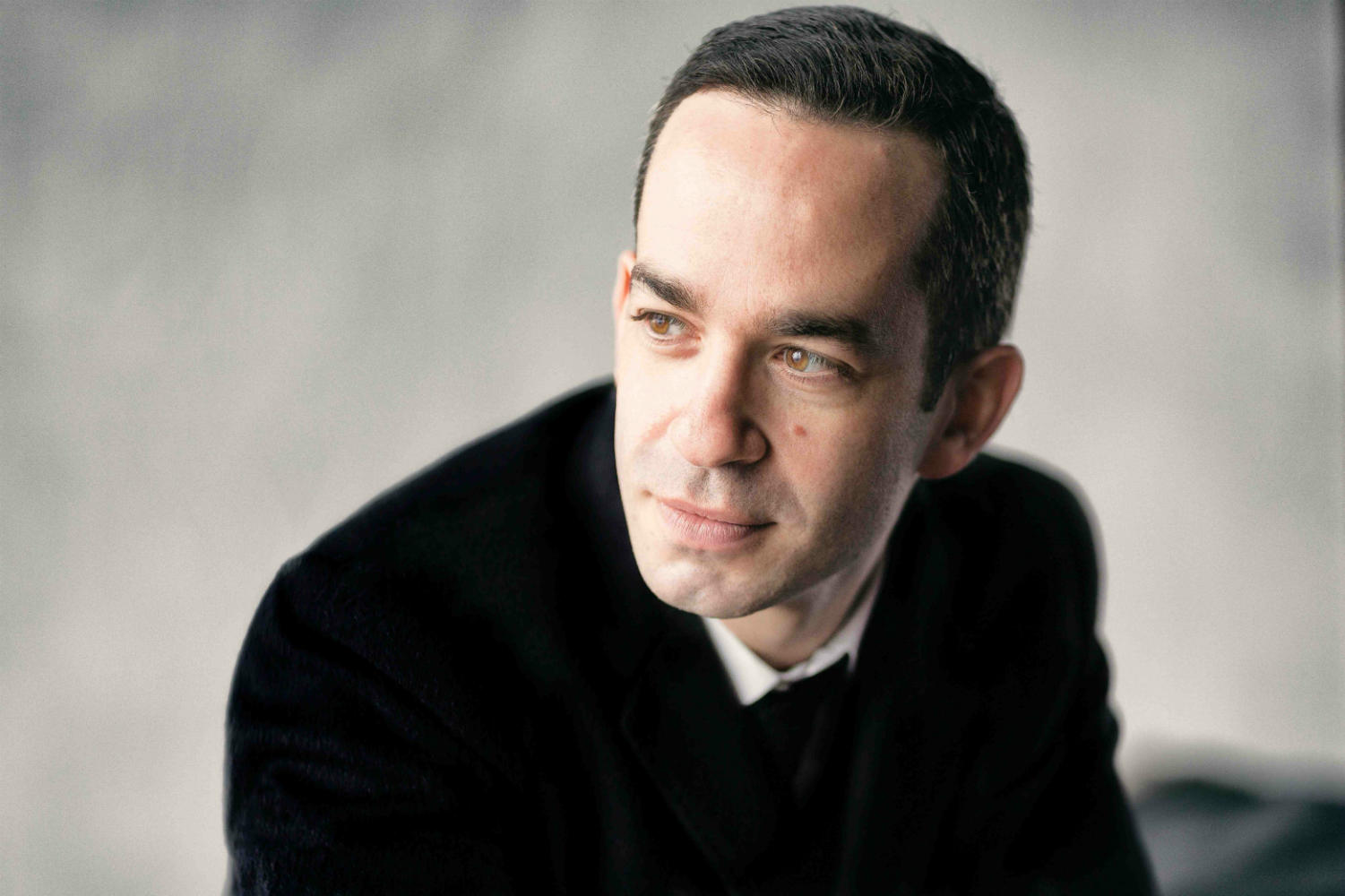
Sergey Khachatryan (violin), Alisa Weilerstein (cello), Inon Barnatan (piano), Colin Currie (percussion), Owen Gunnell (percussion), Sam Walton (percussion)
Wigmore Hall, 11th February 2019
- Ludwig van Beethoven – Piano Trio in D Op. 70 No. 1 ‘Ghost’
- Arnold Schoenberg – Verklärte Nacht Op. 4 (arr. Eduard Steuermann for piano trio)
- Rolf Wallin – Realismos Mágicos
- Dmitry Shostakovich – Symphony No. 15 in A Op. 141 (arr. Victor Derevianko for piano trio and percussion)
OK so this didn’t quite go to plan. I was intrigued by the classical supergroup combination, the composers and the arrangements, but probably should have put a little more effort in to checking in advance whether I liked said arrangements. Always do your homework Tourist.
The Ghost was a success, as you might expect from this glittering trio of soloists and because it is Beethoven, thus being immune to criticism. I find that this pivotal work can either be taken with a Classical tilt, building on the master Haydn, or with a more forceful attitude, presaging the muscular Beethoven still to come. (Remember LvB previous contributions to the piano trio form were the three that formed his Op 1) This trio opted for the former with sometimes glittering results. The Ghost owes its name to the supernatural melodies of its slow movement. Apparently LvB was working on a possible opera based on Macbeth which perhaps explains the mood. It is the light and shade of the Allegro first movement and the full sonata form of the Presto finale which also explain its popularity with performers, including our friends here, alongside its “Archduke” Op 70 cousin.
Verklarte Nacht seems to follow me around like a drunken dinner party guest who will not accept that it is time for beddy-byes. I hoped that this cut-down version of the string quartet, from Schoenberg groupie Edward Steuermann, with the piano talking four of the string lines and violin and cello flying solo concertante style, might dilute the syrupy sweetness of the original. Afraid not, despite the best efforts of our musicians. It still sounds like knock off Wagner to my ears. And that is not a good thing. There are apparently five sections and a coda. Search me.
The Rolf Wallins virtuoso marimba piece, Realismos Mágicos, was a chance for Colin Currie to show off, just because he can. And he did, in some style. It is inspired by 11 short stories from Gabriel Garcia Marquez, hence the title.
So to Shostakovich 15. The symphonic version is sparse,enigmatic, suffused with DSCH’s own mortality, which is percussion and string heavy. So in theory this arrangement, for piano trio and various tuned, (xylophone and glockenspiel), and untuned, percussion should have worked. Unfortunately it doesn’t. Shostakovich needs woodwind and brass like a sandwich needs cheese and pickle (chez Tourist). I can see why the arranger, pianist Victor Derevianko, thought this would make sense after playing it through, for the censors, on the keyboard in 1971, and why DSCH agreed to the idea. And, with these fine musicians, there were clearly going to be passages that convinced; in the first movement, where the percussion is used to set up the quirky, black comedy, symbolised by the William Tell extract, and the finale, where uncertainly builds to repeated climaxes before the clockwork countdown to unremarkable oblivion. Where it disappoints, compared to the orchestral original, is in the slow movement and scherzo. A crowded Wigmore stage also condensed the sound which the Hall’s acoustic couldn’t quite
Definitely then a “it’s not you, it’s me” evening. Or maybe a soon to be forgotten one night stand. Either way I am sorry.

